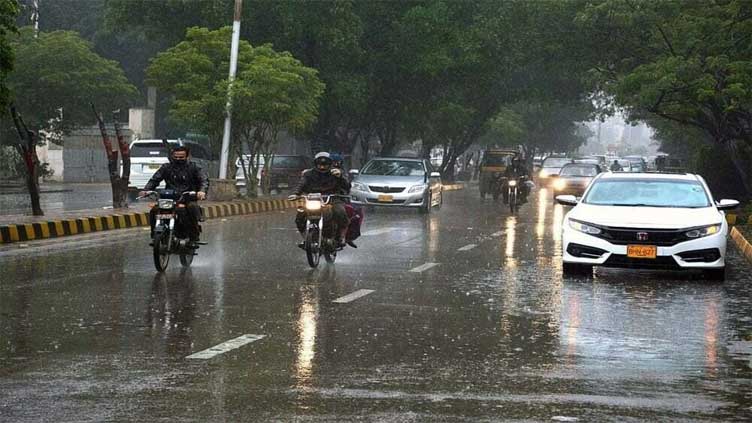Latest News
PMD forecasts rain throughout the majority of the nation.

Entertainment
I have to stop doing dramas and films. Momina Iqbal is leaving the entertainment industry.
Business
Pakistan’s GDP in FY2023–2024 stayed at 2.8 percent.
Business
Pakistan’s gold prices declined as a result of the worldwide market slump.
-

 Business1 day ago
Business1 day agoThe International Monetary Fund (IMF) and Pakistan have initiated discussions at the policy level.
-

 Latest News1 day ago
Latest News1 day agoAbbasi says that Pakistan’s functioning will not be efficient without implementing improvements in the system.
-

 Latest News1 day ago
Latest News1 day agoThe bail petition of Parvez Elahi in the Jinnah House attack case has been rejected by the ATC.
-

 Latest News1 day ago
Latest News1 day agoAdditional Pakistani students evacuated from Bishkek, which has been affected by unrest.
-

 Latest News1 day ago
Latest News1 day agoAitchison College appoints a new principal.
-

 Latest News1 day ago
Latest News1 day agoStatement from the chief meteorologist regarding the Karachi heatwave:
-

 Latest News1 day ago
Latest News1 day agoPakistan and Turkey have reached an agreement to enhance their bilateral commerce to a total of $5 billion.
-

 Latest News1 day ago
Latest News1 day agoThe matriculation exams in Karachi have been rescheduled.






















